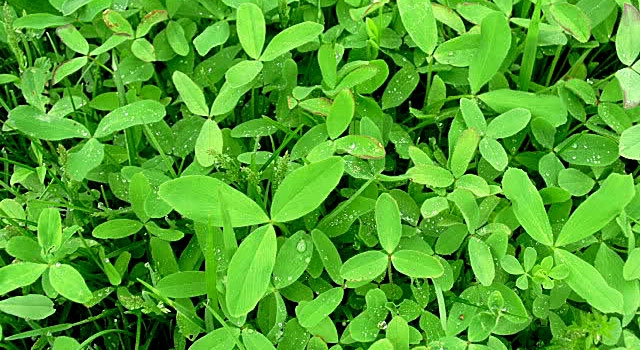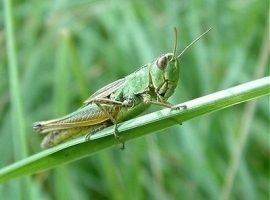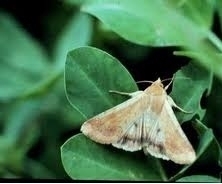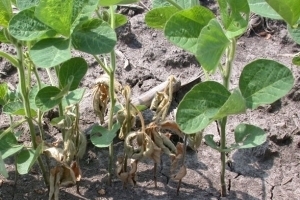BL 1: It is quick growing variety and medium duration variety. It produces more tillers. Gives green fodder upto last week of May. It gives about 380 quintals of green fodder per acre.
BL 10 (1983): This cultivar has a longer growing season and provides green feed until mid-June. It has a tiny seed. It has a moderate resistance to stem rot. It has a high nutritional value and voluntary ingestion. It produces about 410 quintals of green feed per acre. In the last week of June, its seed crop matures.
BL 42 (2003): is a fast-growing variety that produces more tillers per unit of area. It is resistant to the pathogen of stem rot. It has a higher nutritional value. It provides green fodder until the first week of June, producing roughly 440 quintals of green fodder per acre and a high seed production.
BL 43 (2017): is a tall, fast-growing variety with a higher number of tillers. Up to the first week of June, it provides roughly 390 quintals of green feed per acre and produces a high seed yields.
BL 44 (2021): This variety grows quickly and has a large number of tillers. It has a moderate resistance to stem rot. It possesses exceptional nutritional quality, particularly in terms of dry matter digestibility in vitro. It produces 395 quintals of green fodder per acre and supplies green fodder until the first week of June.
Mescavi: The variety is an introduction from Egypt followed by selection at HAU, Hisar. It is recommended for cultivation in all berseem growing regions of India especially Punjab, Haryana and Himachal Pradesh. Plants are shrubby and erect growing up to a height of 45–75 cm, with profuse tillers.
Bundel Berseem-2 (JHB-146) (1997): An indigenous material No. 25776. Plant erect, 55-60 cm in height with white flowers. Green Fodder Yield : 360-400q/acre. Resistant to root rot; stem rot and to other major pests.
Bundel Berseem 3 (JHTB-96-4) (2000): It is a tetraploid variety. Plant erects, 50cm tall, Fast growing, having high regeneration potential and green to dark green foliage. Green Fodder Yield : 240q/acre. Moderately resistant to stem rot and root rot diseases and immune to downy mildew.
Wardan (S-99-1) (1981): It is a Selection from Accession No.526. Plant erect 45-70cm in height, annual with green to dark green stem. Leaves oval shaped and fairly big in size. Average Green Fodder Yield : 250-280q/acre. Tolerant to bacterial wilt and other diseases under field conditions.
Other state varieties:
BL 22: Developed by PAU, Ludhiana. Suitable for hill areas of north India and sub-temperate region.
HFB 600: Developed by CCS, Hisar. Suitable for cultivation in entire growing areas.
BL 180: Developed by PAU, Ludhiana. Suitable for growing areas of north India.






















